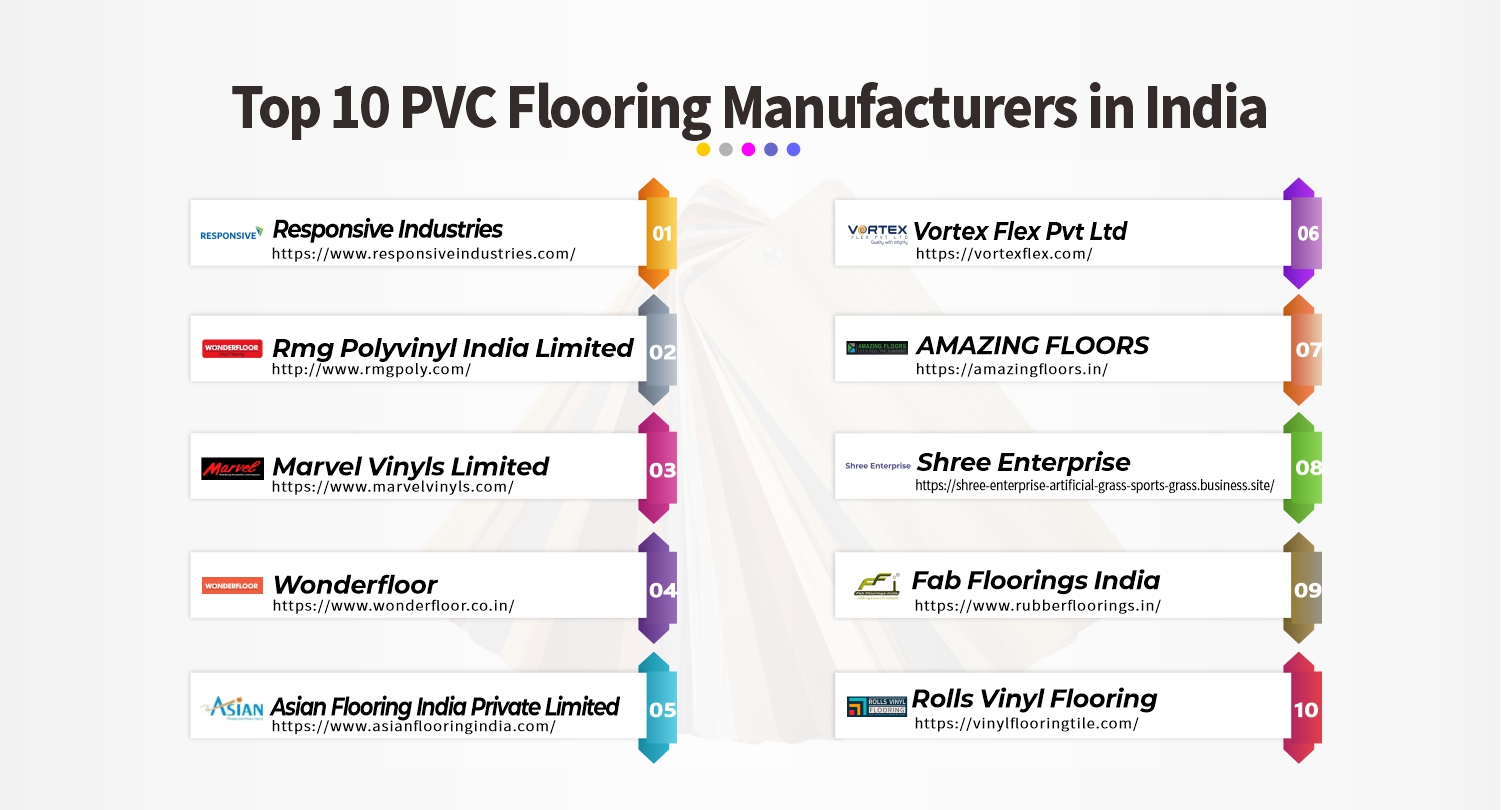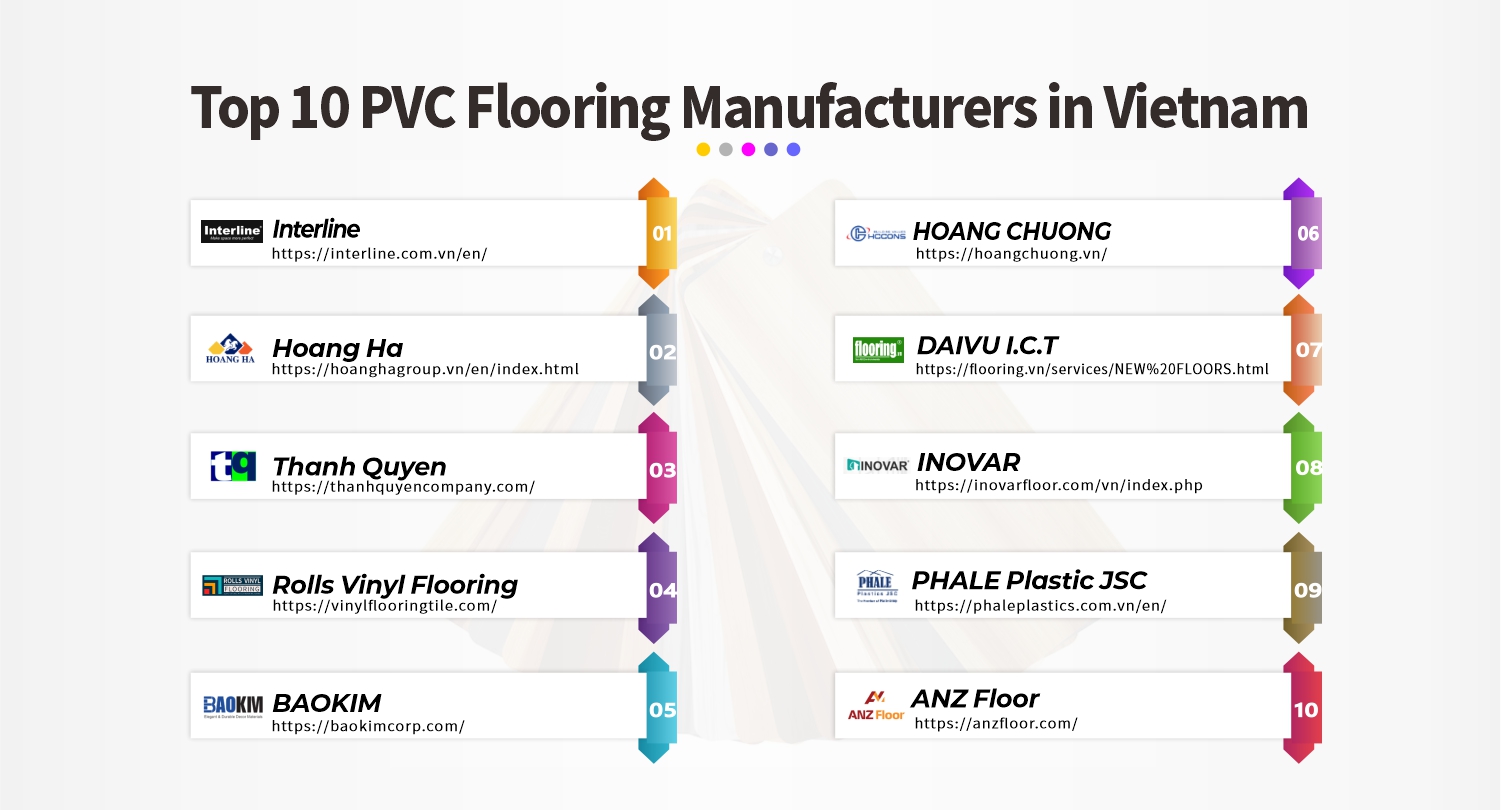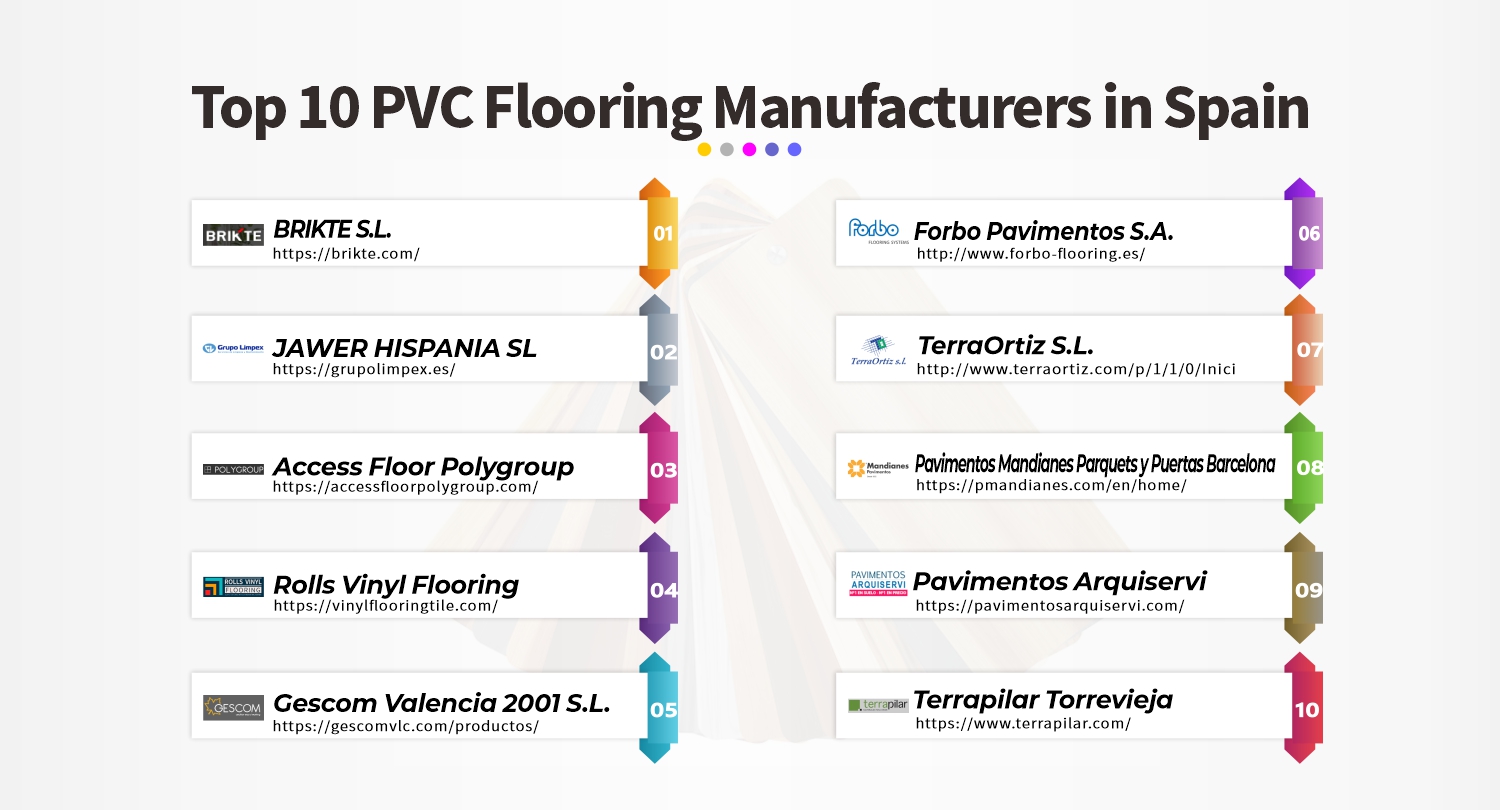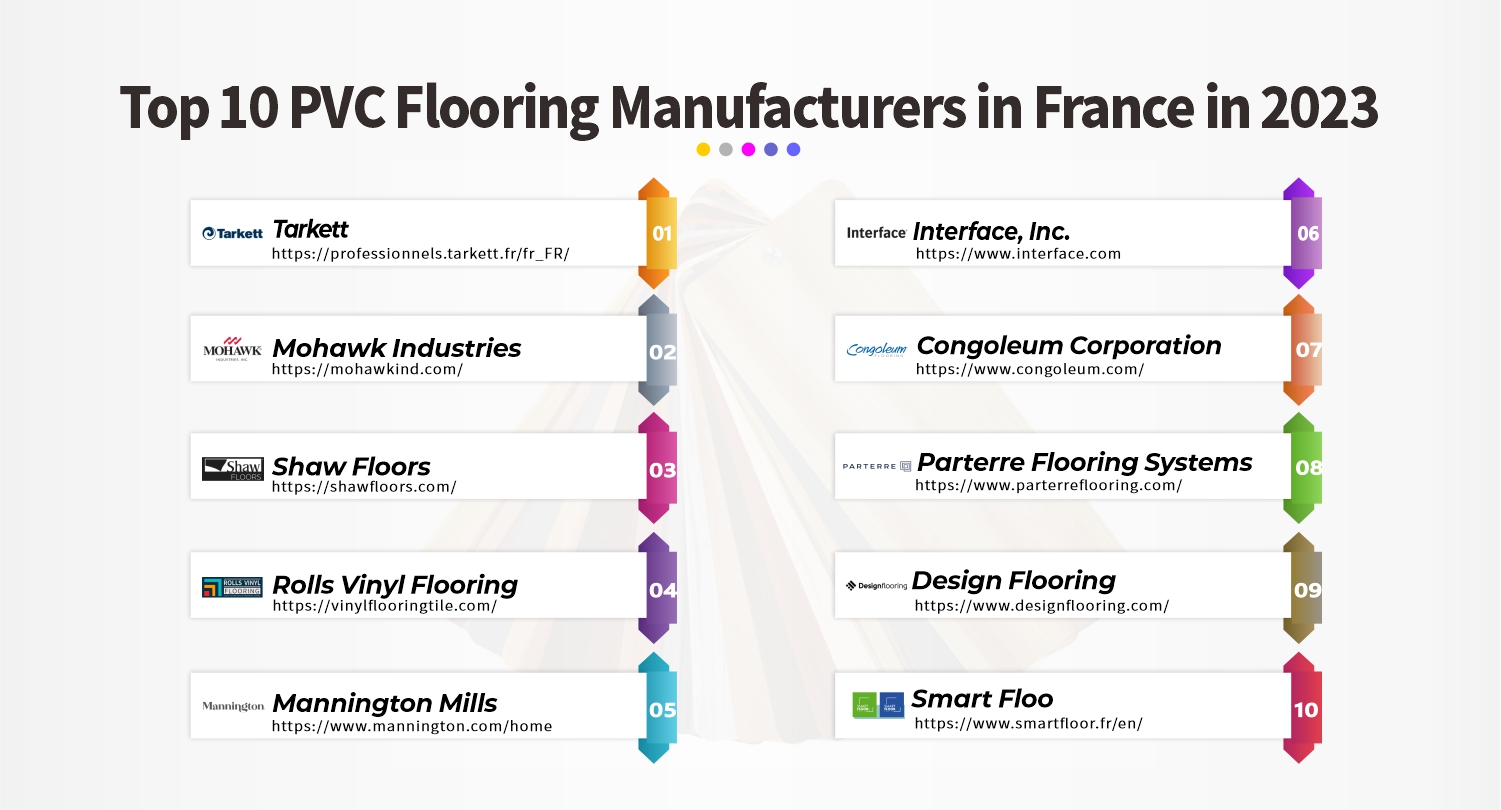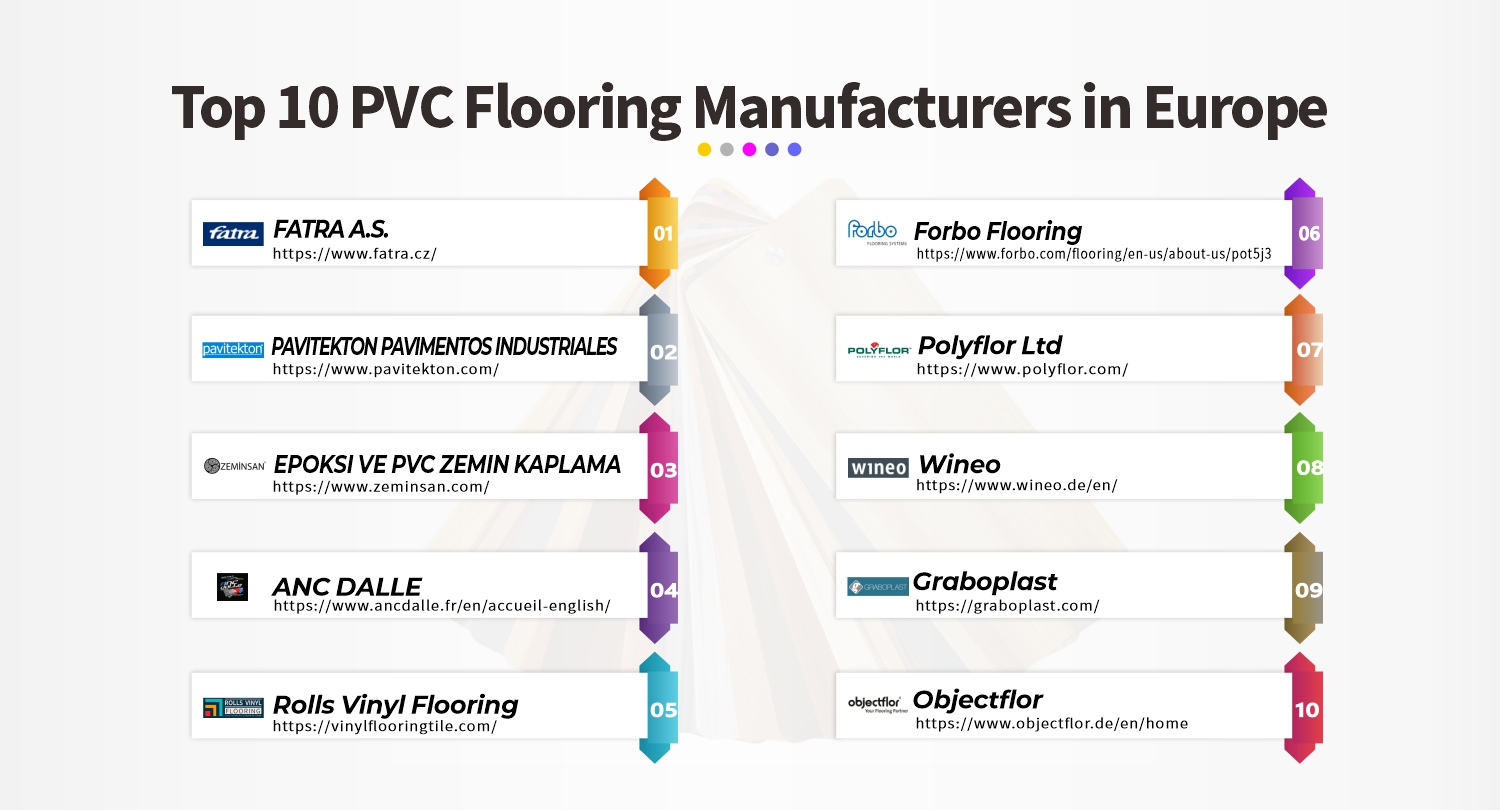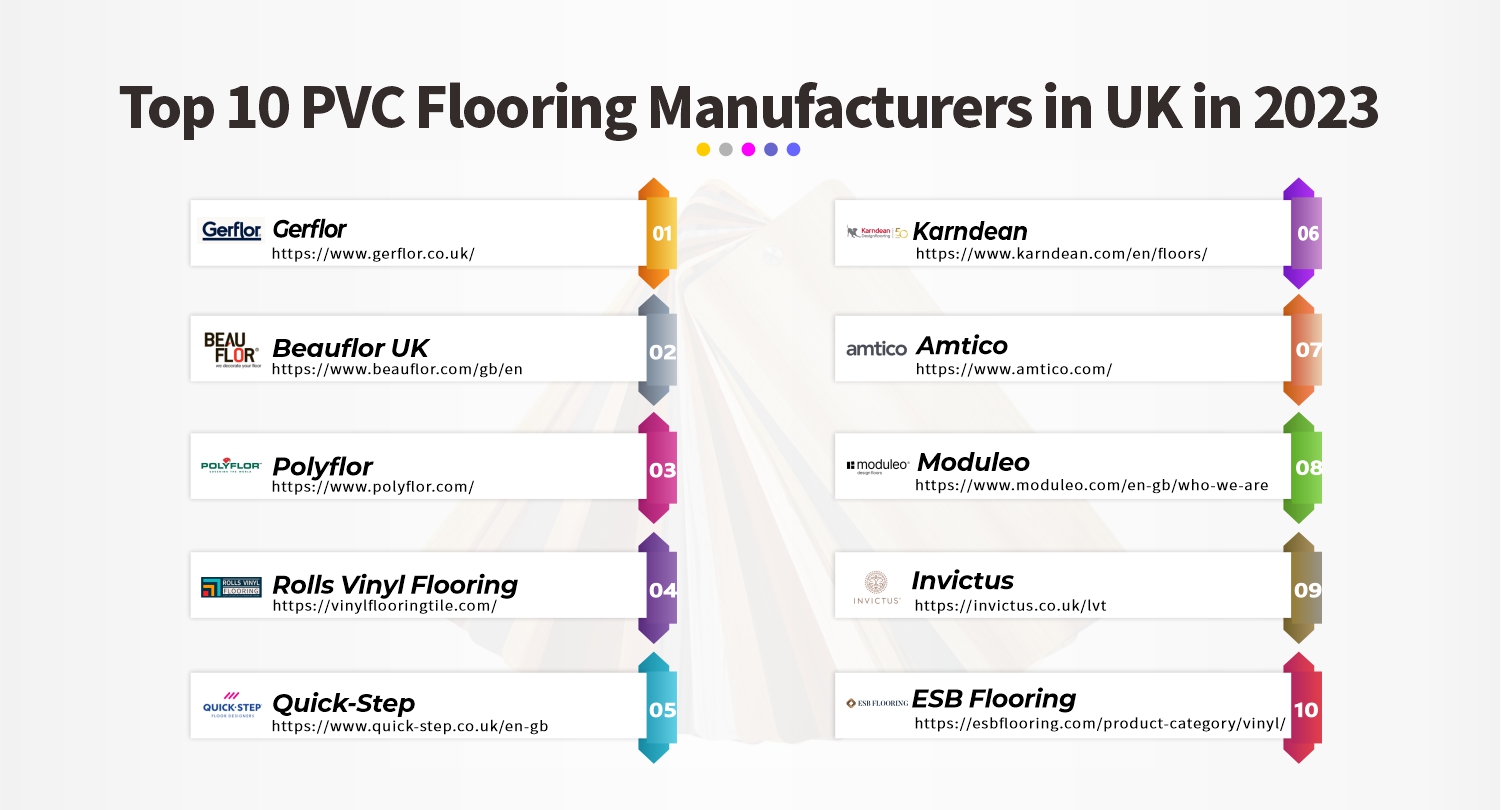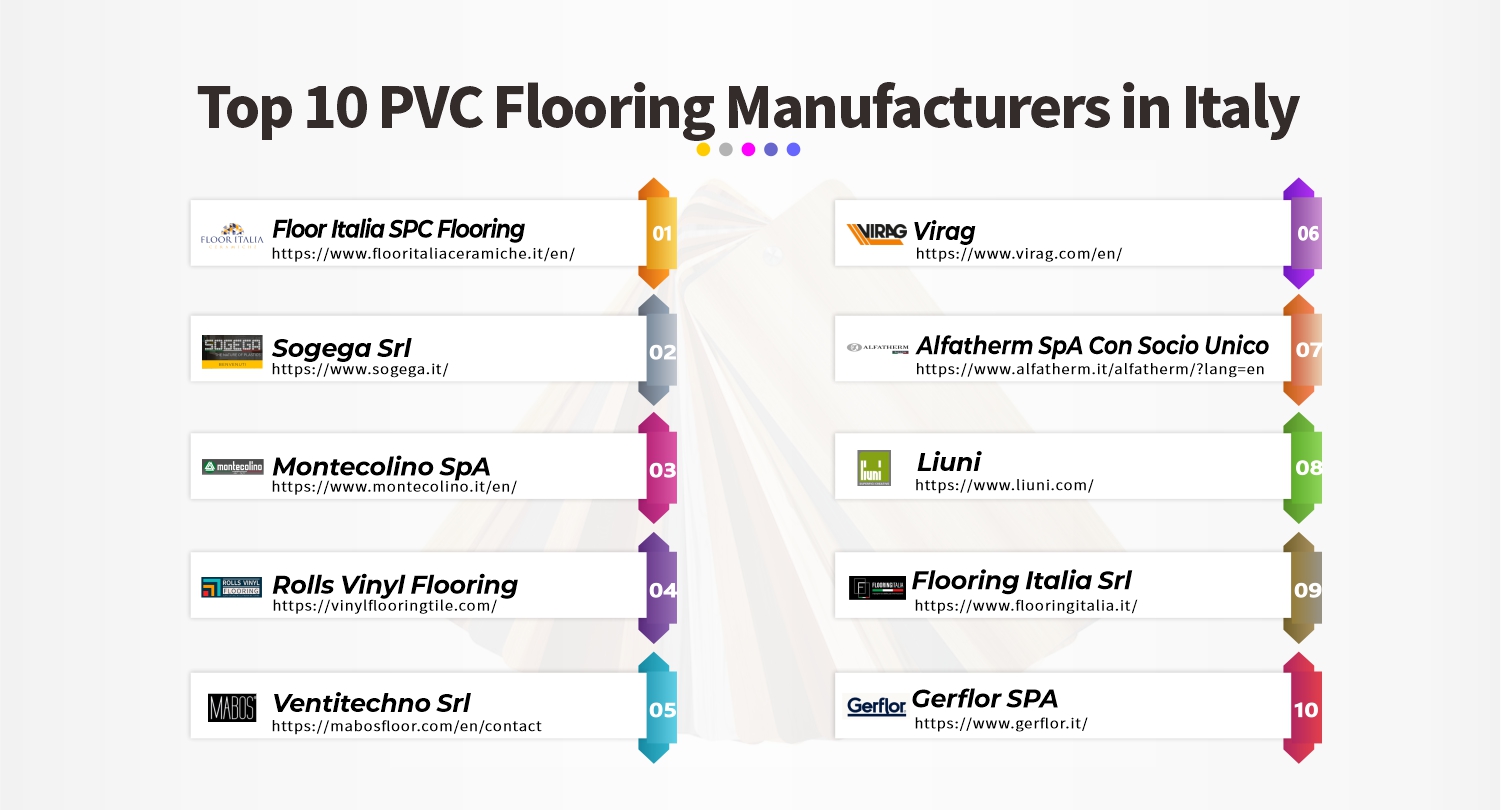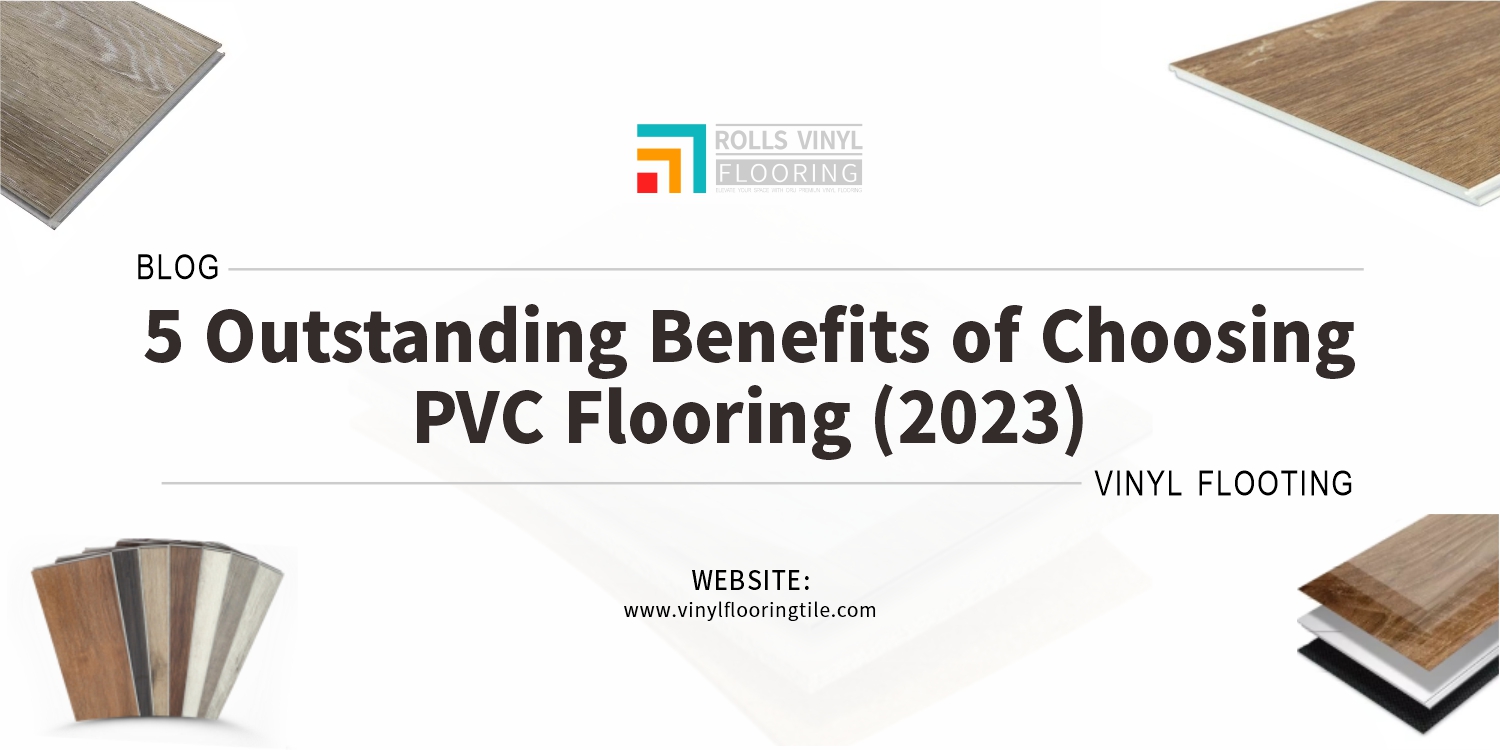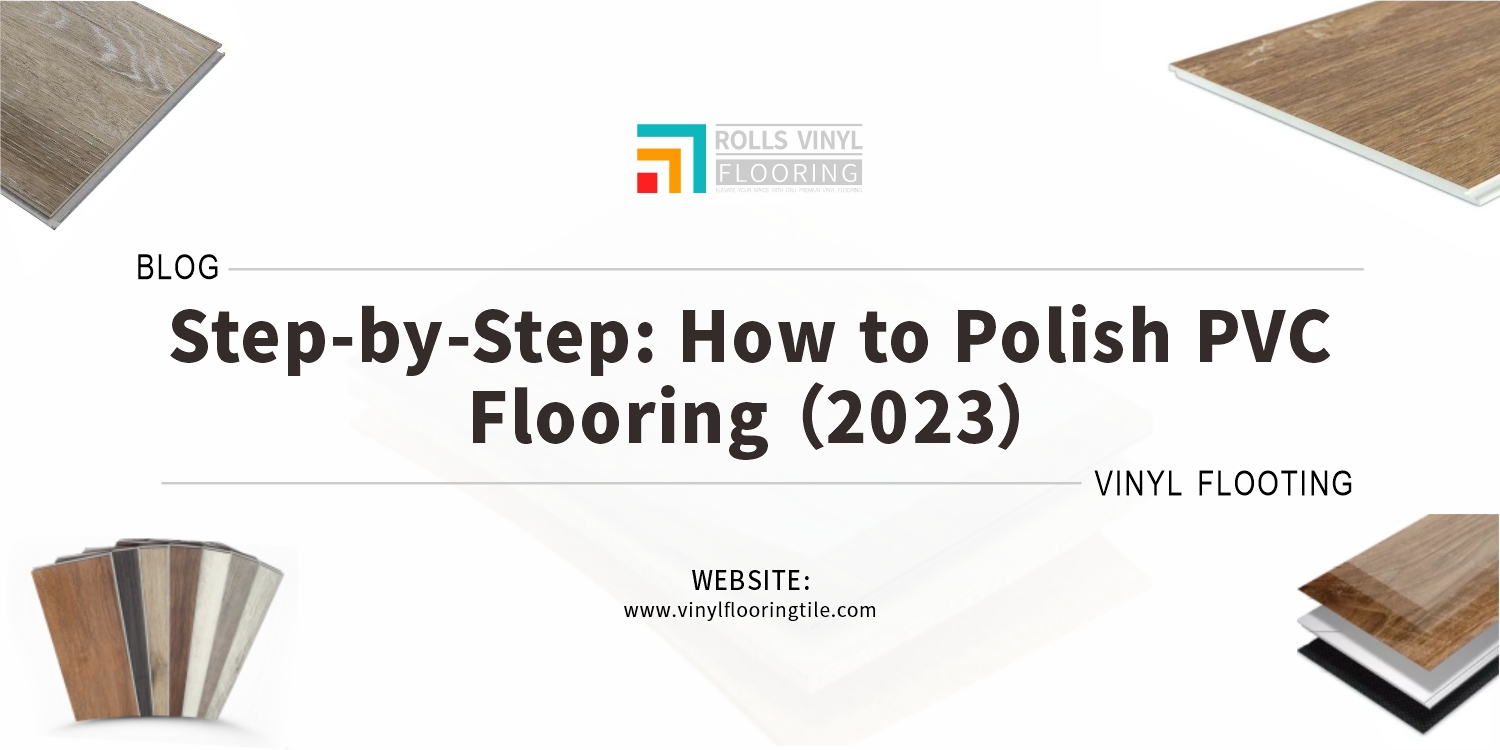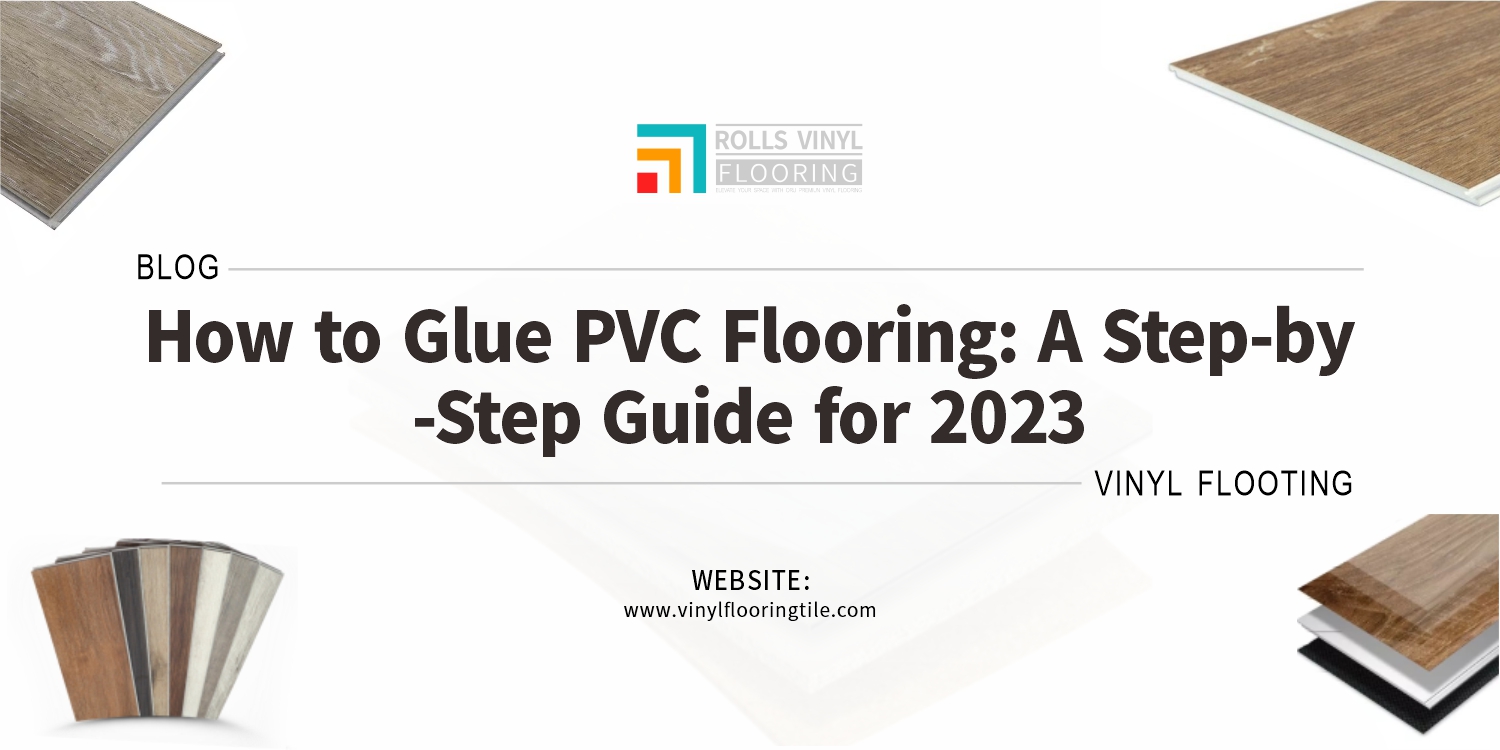Revitalize the allure of your LVT flooring with these 7 crucial maintenance and care tips. From banishing stains to preserving its pristine beauty, we unveil the secrets to keeping your luxury vinyl tile flooring looking flawless for years to come. Prepare to elevate your maintenance game and indulge in the art of floor care mastery.
7 main aspects about maintenance and Care Tips for LVT Flooring

- Regular Cleaning Routine
- Preventive Measures
- Stain and Spill Management
- Protection from Scratches and Scuffs
- Avoiding Excessive Moisture
- Dealing with Tough Stains and Damage
- Long-Term Maintenance
Unlock the key to maintaining and preserving the timeless beauty of your LVT flooring with these 7 essential maintenance and care tips.

Definition of LVT flooring
LVT flooring, or Luxury Vinyl Tile flooring, refers to a type of resilient flooring that replicates the look of natural materials such as wood or stone. It is constructed from multiple layers, including a durable wear layer, a printed design layer, and a rigid core layer. LVT flooring offers a wide range of design options, from realistic wood grain patterns to intricate tile designs, allowing homeowners and businesses to achieve the desired aesthetic without sacrificing durability or affordability. Its versatility, water resistance, and ease of installation have made LVT flooring a popular choice for residential and commercial spaces alike.
Importance of proper maintenance and care for LVT flooring
Proper maintenance and care are crucial for preserving the appearance and performance of LVT flooring. While LVT is highly durable and resistant to stains, scratches, and water damage, regular maintenance practices can significantly extend its lifespan. By adopting a proactive approach to care, such as implementing a regular cleaning routine, promptly addressing spills and stains, and taking preventative measures against potential damage, homeowners and businesses can maintain the pristine condition of their LVT flooring for years to come. The investment of time and effort in proper maintenance not only keeps the flooring looking its best but also ensures that it continues to provide a comfortable and stylish foundation for any space.
Regular Cleaning Routine
weeping or vacuuming to remove loose dirt and debris
To keep LVT flooring looking its best, it is important to establish a regular cleaning routine. Start by sweeping or vacuuming the floor to remove loose dirt, dust, and debris. This helps prevent scratches that can occur when abrasive particles are left on the surface. Use a soft-bristle broom or a vacuum cleaner with a hard floor attachment to ensure gentle yet effective cleaning.
Damp mopping with a mild cleaner to remove stains and spills
For more thorough cleaning, damp mopping with a mild cleaner is recommended. Mix a small amount of a pH-neutral cleaner with warm water according to the manufacturer’s instructions. Avoid using harsh chemicals or abrasive cleaners that can damage the protective wear layer of the LVT flooring. Dampen a mop or microfiber cloth in the cleaning solution, wring out excess moisture, and gently mop the floor, paying attention to any stains or spills. Rinse the mop or cloth frequently to avoid spreading dirt or residue.
Frequency of cleaning based on foot traffic and usage
The frequency of cleaning LVT flooring depends on the level of foot traffic and usage in the space. High-traffic areas may require more frequent cleaning, while low-traffic areas can be cleaned less often. It is important to address spills and stains promptly to prevent them from setting and becoming more difficult to remove. Regular maintenance not only keeps the LVT flooring looking clean and fresh but also helps prevent dirt and grime from accumulating, preserving its longevity and appearance over time.
Preventive Measures

Using doormats to trap dirt and moisture at entryways
One of the key aspects of maintaining LVT flooring is taking preventive measures to minimize potential damage. Placing doormats at entryways helps trap dirt, sand, and moisture, preventing them from being tracked onto the LVT flooring. This simple step can significantly reduce the amount of dirt and debris that can scratch or wear down the surface of the flooring. Encourage family members, guests, and employees to wipe their feet thoroughly before entering the space.
Placing felt pads or furniture glides under heavy furniture
Heavy furniture can cause indentations and scratches on LVT flooring if not properly protected. To prevent this, place felt pads or furniture glides under the legs of chairs, tables, and other heavy furniture pieces. These pads create a cushioned barrier between the furniture and the flooring, reducing the risk of scratches and dents when moving or rearranging items. Regularly inspect the furniture pads to ensure they are intact and replace them if necessary.
Avoiding sharp objects and high-heeled shoes that can damage the surface
It is important to avoid dragging sharp objects or heavy items across the LVT flooring, as they can leave permanent scratches or gouges. Take extra care when moving furniture or appliances to prevent accidental damage. Additionally, high-heeled shoes with narrow or damaged heels can cause indentations or tears in the flooring surface. Encourage wearing flat or broad-based shoes, or consider using heel protectors or mats in areas where high-heeled shoes are frequently worn.
Stain and Spill Management
Immediate action to prevent staining
When it comes to stains and spills on LVT flooring, immediate action is key to prevent permanent staining. As soon as a spill occurs, quickly grab a clean cloth or paper towel and blot the area gently. Avoid rubbing the spill, as this can spread the stain or push it deeper into the flooring. By acting promptly, you can minimize the chance of the spill seeping into the surface and causing discoloration.
Using a damp cloth or mop with mild cleaners for spills
For general spills and light stains, using a damp cloth or mop with a mild cleaner specifically formulated for use on LVT flooring is recommended. Dilute the cleaner according to the manufacturer’s instructions, dampen the cloth or mop, and gently wipe the affected area. Be cautious not to oversaturate the flooring, as excessive moisture can damage the underlying layers. Once the spill is cleaned, thoroughly rinse the area with clean water and dry it promptly.
Spot cleaning with appropriate stain removers for stubborn stains
In the case of stubborn or specific stains, spot cleaning with appropriate stain removers can be effective. Consult the LVT flooring manufacturer’s guidelines or recommendations for approved stain removers that are safe to use on your specific flooring product. Apply the stain remover directly to a clean cloth or sponge, then gently blot the stain, working from the outer edges toward the center. Rinse the area thoroughly with clean water after stain removal and dry it completely.
Protection from Scratches and Scuffs
Regularly sweeping or vacuuming to remove abrasive particles
Regularly sweeping or vacuuming your LVT flooring is essential for preventing scratches and scuffs. Small particles like dirt, sand, and debris can act as abrasives and cause damage over time. Use a soft-bristle broom or a vacuum cleaner with a hard floor attachment to remove these particles from the surface. By incorporating regular sweeping or vacuuming into your cleaning routine, you can maintain a clean and scratch-free LVT flooring surface.
Using protective mats or rugs in high-traffic areas
Placing protective mats or rugs in high-traffic areas can provide an extra layer of defense against scratches and scuffs. These mats or rugs help trap dirt and provide a cushioned surface that reduces the impact of foot traffic. Choose mats or rugs that are specifically designed for use on hard floors and ensure they have a non-slip backing to prevent slips and falls. Remember to clean or shake out the mats regularly to remove accumulated dirt and debris.
Applying felt pads to chair legs and furniture feet
Applying felt pads to chair legs and furniture feet is another effective way to protect your LVT flooring from scratches. Felt pads act as buffers between the furniture and the floor, preventing direct contact and reducing the risk of scuff marks or indentations. Ensure that the felt pads are clean and in good condition to provide optimal protection. Check them regularly and replace any worn-out or damaged pads to maintain their effectiveness.
Avoiding Excessive Moisture
- Wiping up spills promptly to prevent water damage
Wiping up spills promptly is crucial to prevent water damage on LVT flooring. Water and other liquids can seep into the seams and edges of the flooring, causing warping, swelling, or discoloration. As soon as a spill occurs, grab a clean cloth or paper towel and promptly blot the area to remove the liquid. Avoid leaving standing water on the floor for extended periods, as it increases the risk of moisture-related issues. By addressing spills promptly, you can protect your LVT flooring from potential water damage.

- Using mats or rugs in areas prone to moisture, such as kitchens and bathrooms
Using mats or rugs in areas prone to moisture, such as kitchens and bathrooms, provides an extra layer of protection for your LVT flooring. Place mats near sinks, cooking areas, and entryways to catch excess moisture and prevent it from reaching the flooring surface. Make sure the mats or rugs have a non-slip backing to prevent accidents. Periodically clean or shake out the mats to remove accumulated moisture and debris, ensuring they continue to provide effective moisture prevention.
- Avoiding excessive wet mopping and using only recommended cleaning products
Excessive wet mopping can lead to moisture-related problems on LVT flooring. Avoid using excessive amounts of water when mopping and opt for a damp mop rather than a soaking wet one. Follow the manufacturer’s recommendations for cleaning products specifically designed for LVT flooring. Harsh chemicals or excessive water can damage the wear layer or cause discoloration. Stick to mild cleaners that are approved for use on LVT flooring to maintain its integrity.
Dealing with Tough Stains and Damage
- Following manufacturer’s guidelines for deep cleaning
When faced with tough stains or significant damage on your LVT flooring, it is essential to refer to the manufacturer’s guidelines for deep cleaning procedures. Manufacturers often provide specific recommendations and instructions for addressing stubborn stains or more extensive damage. These guidelines may include using specialized cleaning products, techniques, or equipment that are safe and effective for your LVT flooring. Following these guidelines ensures that you tackle tough stains and damage in a way that doesn’t compromise the integrity of the flooring.
- Using appropriate cleaning products for specific stains
For specific stains, it is important to use appropriate cleaning products tailored to the type of stain you’re dealing with. Different stains may require different treatment methods. Refer to the manufacturer’s recommendations or consult with a flooring professional to identify the best cleaning products for specific stains on your LVT flooring. Whether it’s grease, ink, wine, or other stubborn stains, using the right cleaning products can help break down the stain and minimize its appearance.
- Seeking professional help for severe damage or stubborn stains
In cases of severe damage or persistent stains that are challenging to remove, seeking professional help is advisable. Professional floor cleaners or restoration experts have the knowledge, experience, and specialized equipment to address severe damage or stubborn stains effectively. They can assess the situation, recommend appropriate solutions, and provide professional-grade cleaning or repair services. Engaging professionals ensures that you receive expert assistance in restoring your LVT flooring to its optimal condition.
Long-Term Maintenance
- Regularly inspecting the flooring for signs of wear and tear
Regularly inspecting your LVT flooring is important for identifying any signs of wear and tear. Periodically examine the surface for scratches, scuffs, or areas that may require attention. By promptly addressing any issues you notice, such as loose tiles, damaged edges, or worn-out protective coatings, you can prevent further damage and ensure the longevity of your LVT flooring. Regular inspections allow you to catch potential problems early and take appropriate action to maintain the flooring’s pristine condition.
- Reapplying protective coatings as recommended by the manufacturer
Reapplying protective coatings is a crucial aspect of long-term maintenance for LVT flooring. Over time, the protective wear layer of the flooring may experience gradual wear due to foot traffic and regular use. The manufacturer may recommend specific protective coatings or finishes designed to rejuvenate the wear layer and enhance the flooring’s durability. Follow the manufacturer’s instructions regarding the application of these coatings, including recommended frequency and application techniques. Reapplying protective coatings helps maintain the flooring’s resistance to stains, scratches, and daily wear, ensuring it continues to perform at its best.
- Following any additional maintenance instructions provided by the manufacturer
Additionally, it is important to follow any additional maintenance instructions provided by the manufacturer. These instructions may include specific cleaning techniques, maintenance products, or precautions to take to preserve the quality of your LVT flooring. Manufacturers may also provide guidance on how to address specific issues, such as minor repairs or addressing certain types of stains. By adhering to these instructions, you can ensure that you are providing the appropriate care and maintenance for your LVT flooring based on its specific requirements.

In conclusion, proper maintenance and care are crucial for ensuring the longevity and beauty of LVT flooring. By following the seven main aspects of maintenance and care, including regular cleaning routines, preventive measures, stain and spill management, protection from scratches and scuffs, avoiding excessive moisture, dealing with tough stains and damage, and long-term maintenance, you can preserve the integrity and appearance of your LVT flooring. These practices, such as prompt spill clean-up, using protective mats, and following manufacturer’s guidelines, help prevent damage, enhance durability, and maintain a pristine surface. With consistent attention and care, your LVT flooring will continue to provide a resilient, attractive, and long-lasting flooring solution for your space


